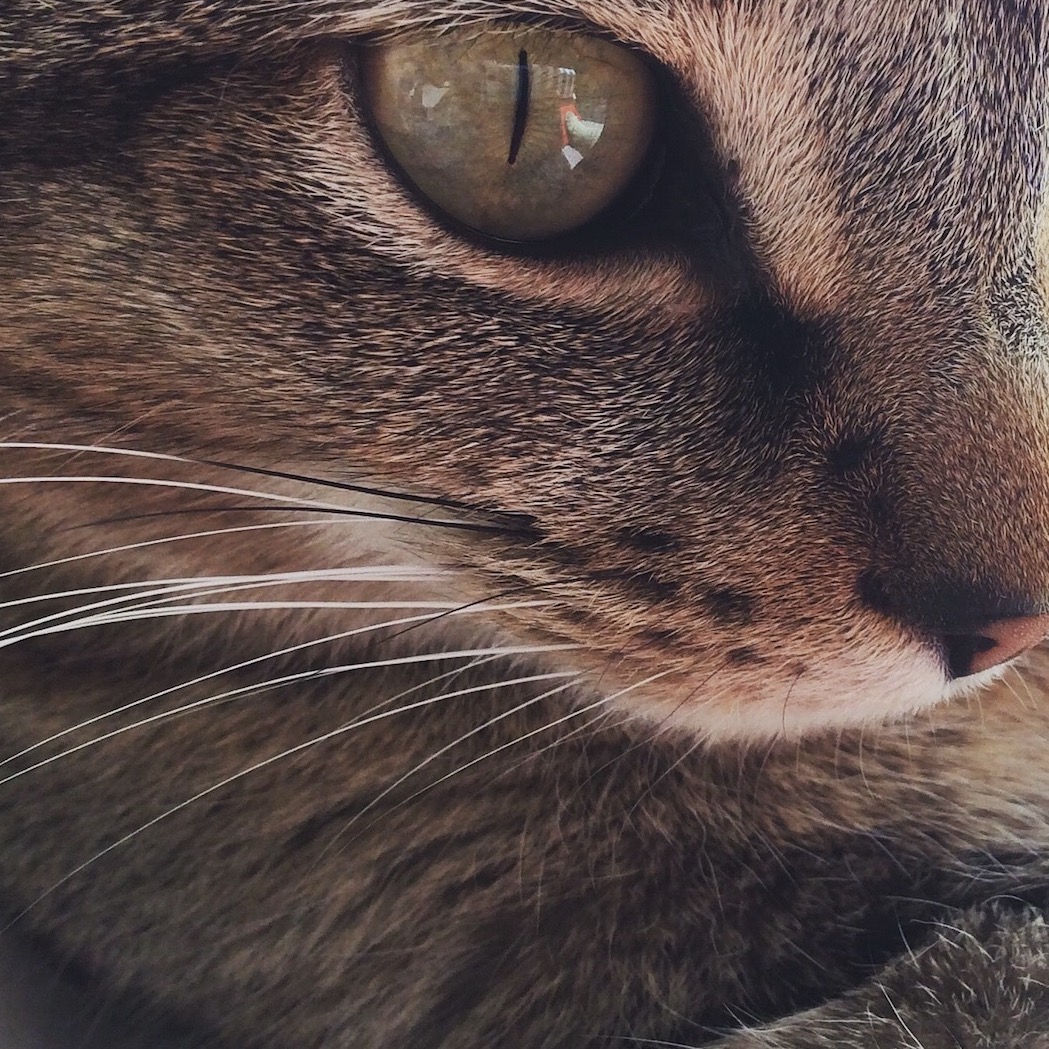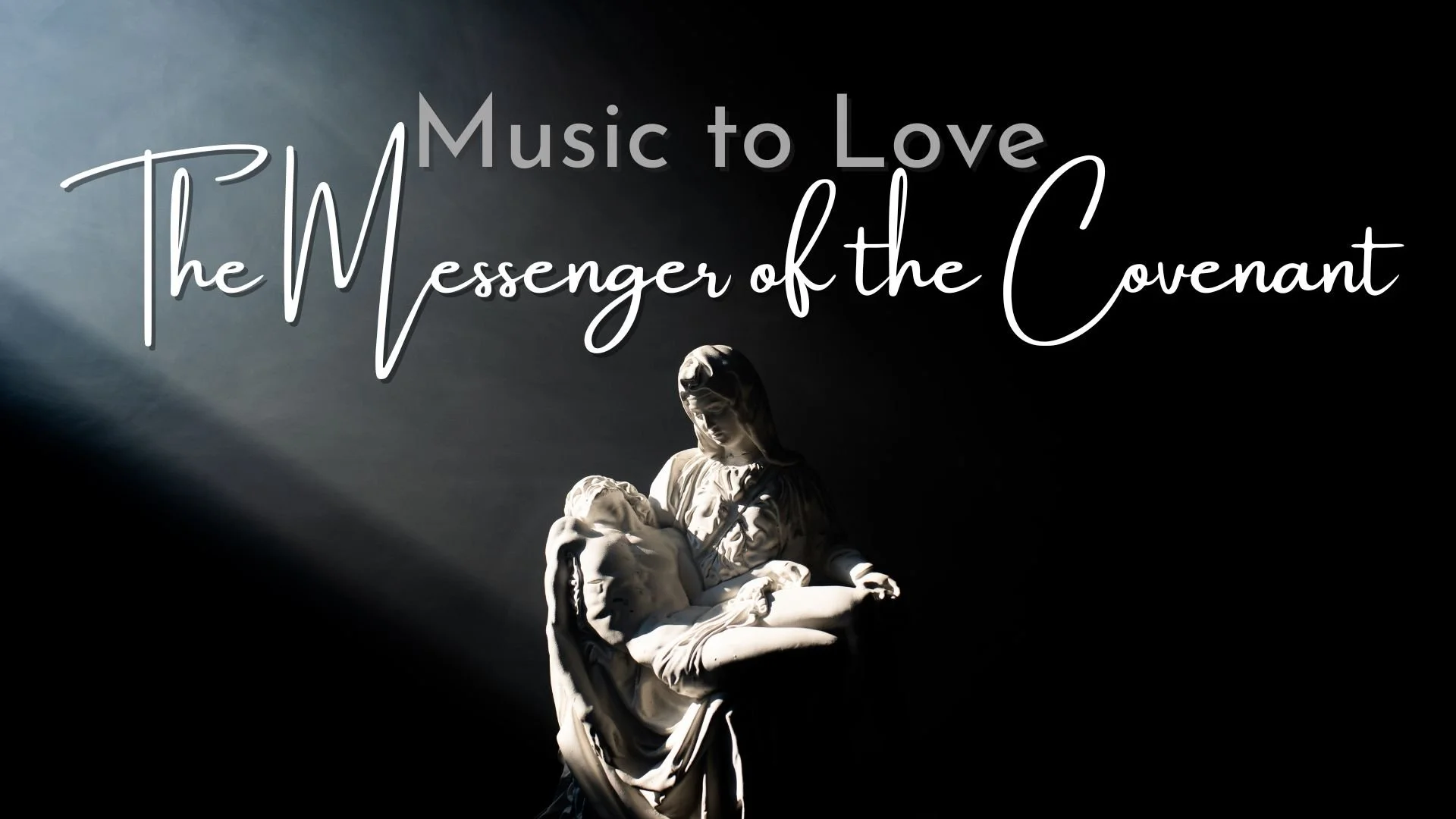A Life Mapped Out in Markings
By and large in today’s culture, tattoos have come out of the taboo category. While there are still those who don’t have any, don’t want any, or don’t like any, tattoos are prevalent among people of many different walks of life. However, that’s not the inception of them.
The word tattoos, as we say and spell it, came to Western Civilization thanks to Captain James Cook after sailing through the South Pacific. It comes from the Polynesian word tatau, which means to mark. And while the origin of tattoos may lie within tribal cultures as far back as to be antediluvian, the popularity of them can be laid at the door of the ordinary seaman.
My male protagonists in Where the Orchids Grow Wild, Captain Max Pimburton, has several tattoos himself. And while this was an uncommon thing to encounter in 1928, it was not uncommon among seamen. And like many sailors, Max’s tattoos possess singular significance to his profession.
Tattooing among European seamen dates back to the 16th century; among American sailors to the inception of that great nation. (I am using seamen and sailor synonymously throughout this writing, but I feel honor bound, as the wife of a seaman, to say that the word sailor is a landlubber’s word. Men of the sea refer to themselves as seamen.)
Nautical tattooing has specific symbolism attached to it. There are many reasons for this. But before we delve into the reasons, let me catalog a few tattoos you may see on a man of the sea.
Pig and Rooster
The pig and rooster tattoos are ordinarily found on a sailor’s ankles or feet. They represent survival at sea. Why? Well, here’s the fun part. Roosters and pigs were often part of the cargo on a vessel. They were kept in wooden crates to contain them. And, if the ship was lost at sea, it was not uncommon that the crated rooster and pig would float on the water until they found land somewhere.
The Swallows
If you know a naval man, you may have seen two swallows tattooed on his shoulders near his chest. Why? Well, there’s several theories about this. One is that the swallow represents 5,000 nautical miles traveled. When a sailor traveled 5,000 nautical miles, he would get a swallow tattooed on his chest near his shoulder; at 10,000 miles, he would get another on the opposite side. Another reason swallows were chosen is because they are humble, tiny birds the travel very far afield, and yet, they return to their homes safely.
Max has swallows tattooed on his chest near his shoulders. However, rather than just two, he has three on each shoulder. Each is in profile, as is the custom, the smallest at the tips of his shoulders, the largest more central on his chest. Max is a very well traveled man, but he doesn’t keep his body markings up to date. While his body says 30,000 nautical miles, his actual history is at least 50,000 miles.
The Nautical Star
Before the advent of advancement in navigation technology, seamen used the stars. The Nautical Star, which is a five point star with coordinating colors, represents the North Star. It’s so a sailor can always find his way. In some cases, you may see a compass rose, which represents the same thing.
Hold Fast
This tattoo is usually reserved for deckhands. It’s heritage goes all the way back to rigged ships, when seamen had to climb the rigging. Hold Fast tattooed on their knuckles was to ensure that they held fast to the ropes and rigging when they climbed.
Rope Around the Wrist
This is another deckhand tattoo. This one is in keeping with Hold Fast. The rope would signify that the sailor was a deckhand. In modern sailing, there is no rigging, but it’s not uncommon to see deckies with a variant of the Hold Fast or the Rope Around the Wrist.
Anchor
This tattoo was to commemorate when a seamen crossed the Atlantic. It could also be an initiation tattoo for a first time sailor.
Crossed Anchors
This tattoo, usually found on the dorsal muscle between thumb and pointer was specific to a boatswain’s mate.
Dragon
A seaman who had a dragon tattooed on his person was a man who had spent time in China.
Hula Girl
If a seaman had a hula girl tattooed on his body, then it meant he’d been to Hawaii.
Shellback/King Neptune
What do seamen do when they cross the equator? They get a shellback tattoo. This is very serious business. There’s even a special ceremony when sailors cross the equator. And a certificate. My husband has one. The certificate, not the tattoo.
Line crossing ceremonies were designed to make Pollywogs, those who had yet to cross the equator, go through a series of obstacles, gags, hardships, and what-have-you before the actual crossing. Once these pollywogs crossed the equator, however, they were initiated or inducted into the Solemn Mysteries of the Ancient Order of the Deep. Once inducted, a sailor knew King Neptune had accepted him as one of his shellbacks.
The Golden Dragon
Different from a plain dragon, the golden dragon was testament that a seaman had cross the international date line.
The Golden Shellback
This special honor was given a sailor who crossed both the equator and the international date line at the same time.
A Full-Rigged Ship
This was a very popular tattoo. Now, you may be thinking that a seaman who got a full-rigged ship tattooed on his body was a sailor who served aboard a full mast rigged ship. But, you’d be wrong. A seaman who has a full-rigged ship on his body is a sailor who has sailed around Cape Horn. This is a treacherous journey, even by today’s standards. Back in the day when there was no radar or other technological advancements to aid a seaman, the rigors of Cape Horn’s coast proved perilous to many a ship. If a seaman bore the tattoo that said he’d survived sailing around Cape Horn, it was a mark of distinction and respect.
There are many more tattoos specific to sailors, each with a special meaning all their own. But the ones here are among my favorites.
I’ve known about a great many of these for year simply because of my husband’s profession as a Chief Maritime Engineer. However, the reason I wanted to write about it here at Whiskers on Kittens is because while researching various aspects of my male protagonist, Captain Max Pimburton, I learned something interesting about sailors and their tattoos.
Sailing is a small industry. There are various aspects of it, but even back in the day, it was a small enterprise. Which means that the men who make a living at sea are small group. The tattoos a seaman got on his body told his life story. Some were generic, like the pig and rooster or the nautical star. Any sailors could get those. But if a sailor had a Golden Dragon and a Fully-Rigged Ship with a Rope Around the Wrist, you know a great deal about him. Placement was important, too. But, these markings were to identify him in the off chance he was lost at sea and his body turned up somewhere, or he died in a foreign port. If a sailor perished while abroad, and another seamen knew him from his markings, there was a chance that word would reach back to his family about his fate. So, while tattoos were decorative and marks of respect within the industry, they were also identifiers. They were story tellers. A life mapped out in markings.
It was learning this that made me want Max to have a tattoo. It told his story in part. It’s something keenly personal to him.































